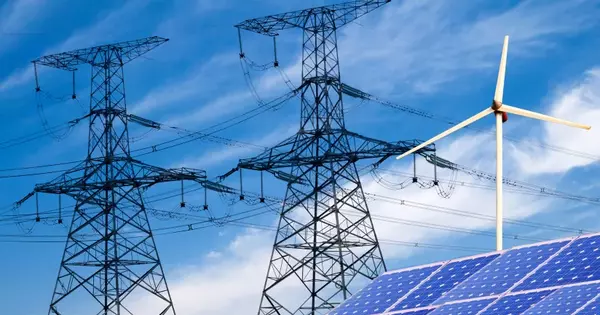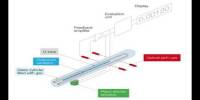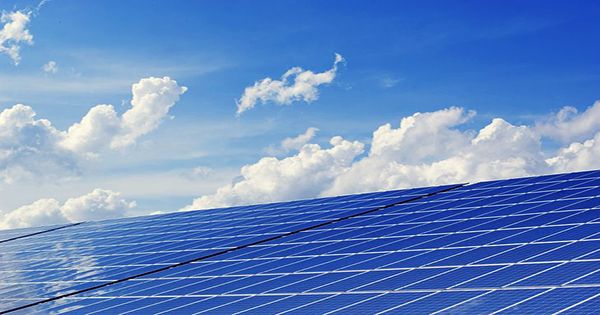Clean energy infrastructure refers to the systems and facilities that are used to generate, transmit, and distribute energy from renewable sources such as solar, wind, hydro, and geothermal power. This infrastructure includes things like solar panels, wind turbines, hydroelectric dams, and geothermal power plants, as well as the transmission lines and distribution networks that connect them to homes and businesses. The goal of clean energy infrastructure is to reduce dependence on fossil fuels and decrease greenhouse gas emissions.
It refers to the systems and technologies that are used to generate, transmit, and distribute clean energy, such as solar, wind, hydro, and geothermal power. This can include power plants, transmission lines, energy storage systems, and distribution networks. The goal of clean energy infrastructure is to reduce dependence on fossil fuels and decrease greenhouse gas emissions, in order to combat climate change.
The goal of clean energy infrastructure is to reduce or eliminate the use of fossil fuels, which are a major source of greenhouse gas emissions and air pollution, and to promote the use of renewable energy sources. This can include power generation facilities, transmission lines, and distribution networks, as well as energy storage systems and smart grid technology.

Everyone is thinking about renewable energy, but how will the goal of converting to 100% renewable energy is achieved? Clean energy initiatives by states and the federal government are gaining traction. Some states are passing legislation to decarbonize all sectors of the economy, and the Biden administration is indicating its intention to form public-private partnerships to combat climate change. The electric utility industry and clean energy providers are well positioned to benefit from this and see significant sales growth.
Renewable energy is usable energy derived from renewable resources such as sunlight, wind, rain, rivers, tides, ocean waves, and geothermal heat. Renewable energy has become feasible thanks to sources like these, which nature continuously replaces on a human timescale. These types of energy sources contrast with fossil fuels, which are depleted far faster than they can be renewed or replenished. Furthermore, as with fossil fuels, the use of renewable energy results in no net addition of carbon dioxide to the atmosphere (carbon-neutral).
















